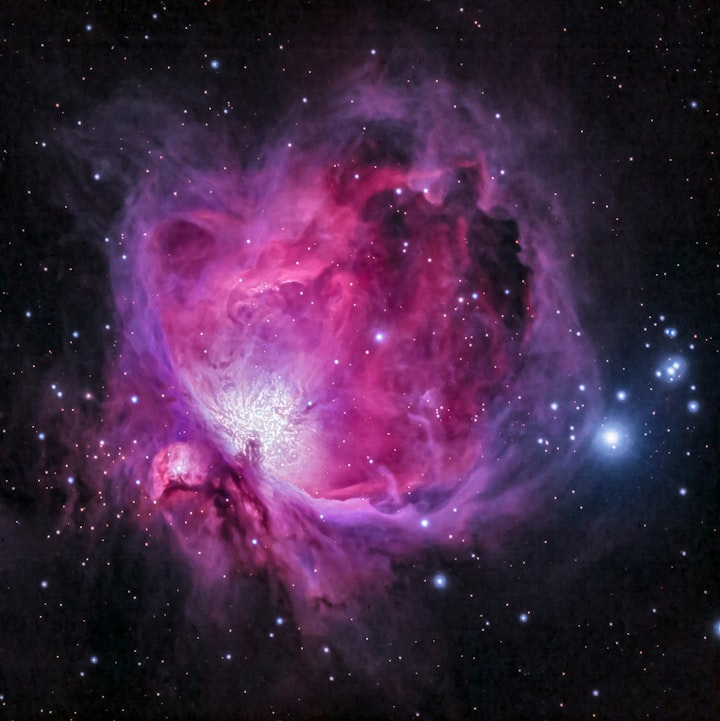
The question of whether or not aliens exist is one of the most intriguing and controversial topics in science and popular culture. While some people are convinced that there must be intelligent life elsewhere in the universe, others remain skeptical, pointing to a lack of concrete evidence to support the idea. In this article, we will explore some of the arguments and evidence for the existence of aliens and what it would mean for us if they do indeed exist.
The Search for Extraterrestrial Intelligence (SETI) is an organization that has been searching for evidence of intelligent life beyond Earth since the 1960s. One of the methods they use is to search for radio signals coming from space that may indicate the presence of an alien civilization. While SETI has not yet found conclusive evidence of such signals, they continue to search and develop new methods of detection.
Another argument for the existence of aliens is the sheer size of the universe. The observable universe is estimated to contain around 100 billion galaxies, each containing an average of 100 billion stars. With so many potential places for life to arise, it seems unlikely that Earth is the only planet in the universe with intelligent beings.
There are also a number of intriguing examples of unexplained phenomena that some believe could be evidence of alien life. For example, there have been numerous sightings of unidentified flying objects (UFOs) over the years, some of which have been captured on video. While many of these sightings can be explained as natural phenomena or human-made objects, there are some that remain unexplained.
Despite these arguments and pieces of evidence, there are also many skeptics who doubt the existence of aliens. Some argue that the vast distances between stars and galaxies make it unlikely that intelligent life could ever travel the vast distances required to visit Earth. Others argue that even if there are other intelligent beings out there, we may never be able to communicate with them or even recognize their existence.
Ultimately, whether or not aliens exist remains an open question that may never be fully resolved. However, the search for extraterrestrial life continues, and new discoveries may someday provide us with conclusive evidence one way or the other. In the meantime, the possibility of the existence of alien life continues to capture our imaginations and inspire us to explore the mysteries of the universe.

One of the key factors in the search for extraterrestrial life is the concept of habitable zones. These are regions around stars where conditions are just right for liquid water to exist, which is considered a necessary ingredient for life as we know it. Scientists have identified many planets within habitable zones, and some of them have been found to have characteristics that make them potentially habitable.
For example, in 2015, the Kepler Space Telescope discovered Kepler-452b, a planet that is about 1.5 times the size of Earth and orbits within the habitable zone of a star that is similar to our sun. While it is not yet possible to determine if there is life on Kepler-452b, its discovery has sparked excitement among scientists who are searching for evidence of extraterrestrial life.
In addition to the search for habitable planets, there are also efforts underway to search for microbial life within our own solar system. For example, the Mars Rover missions have discovered evidence of water on the red planet, which has led some scientists to speculate that microbial life could exist beneath the surface. Similarly, there is evidence that Jupiter's moon Europa may have a subsurface ocean of liquid water, which could potentially harbor life.
While the search for extraterrestrial life is ongoing, there have also been a number of intriguing examples of unexplained phenomena that some believe could be evidence of alien life. For example, there have been numerous sightings of unidentified flying objects (UFOs) over the years, some of which have been captured on video. While many of these sightings can be explained as natural phenomena or human-made objects, there are some that remain unexplained.
One of the most famous examples of unexplained sightings is the Roswell incident. In 1947, a UFO reportedly crashed in Roswell, New Mexico, and the US military later claimed that it was a weather balloon. However, conspiracy theories abound, and some people believe that the crash was actually the result of an alien spacecraft.
Despite these arguments and pieces of evidence, there are also many skeptics who doubt the existence of aliens. Some argue that the vast distances between stars and galaxies make it unlikely that intelligent life could ever travel the vast distances required to visit Earth. Others argue that even if there are other intelligent beings out there, we may never be able to communicate with them or even recognize their existence.
Ultimately, the search for extraterrestrial life remains a fascinating and ongoing quest. Whether or not we ever discover definitive evidence of aliens, the search itself has led to many exciting discoveries and advancements in our understanding of the universe.






Comments
There are no comments for this story
Be the first to respond and start the conversation.